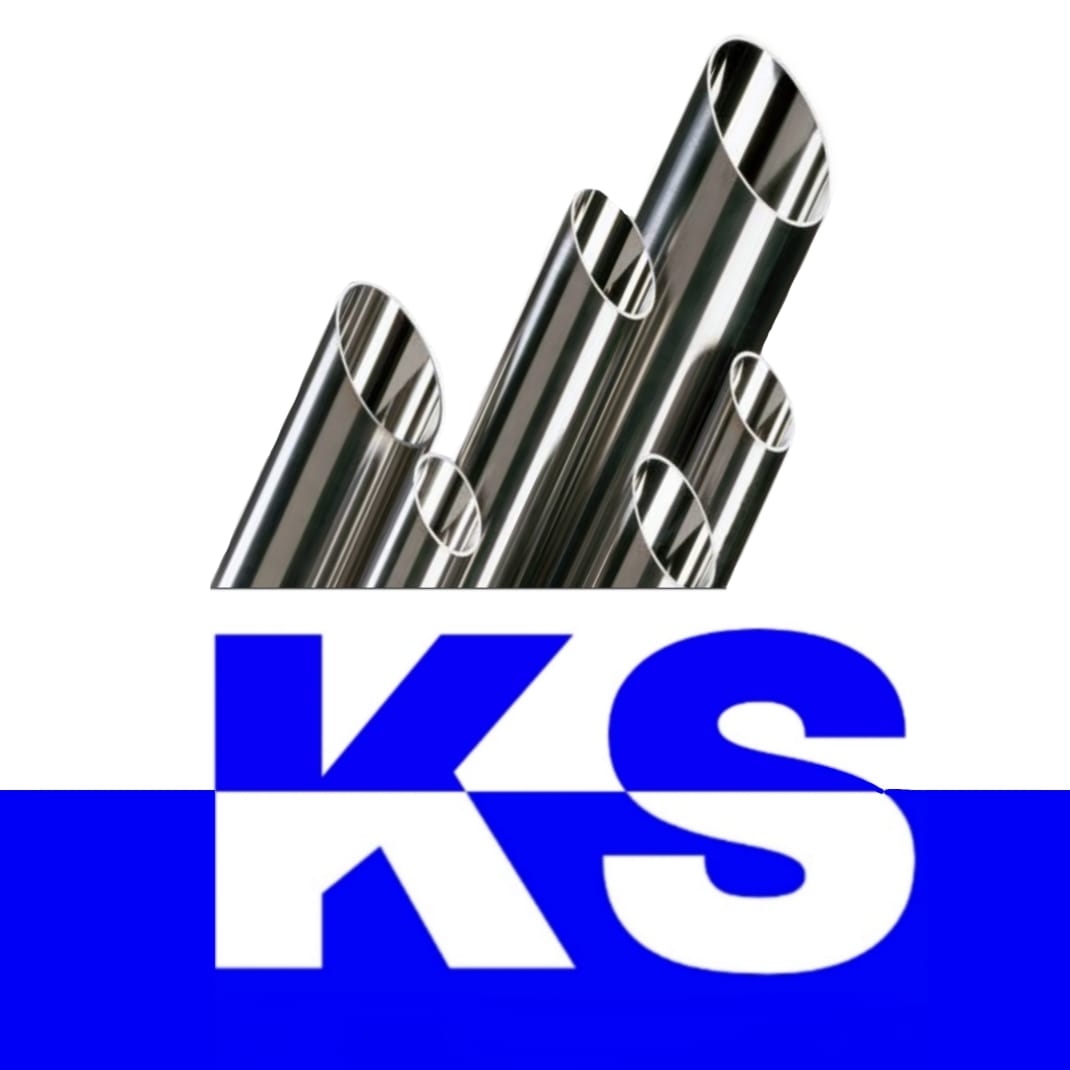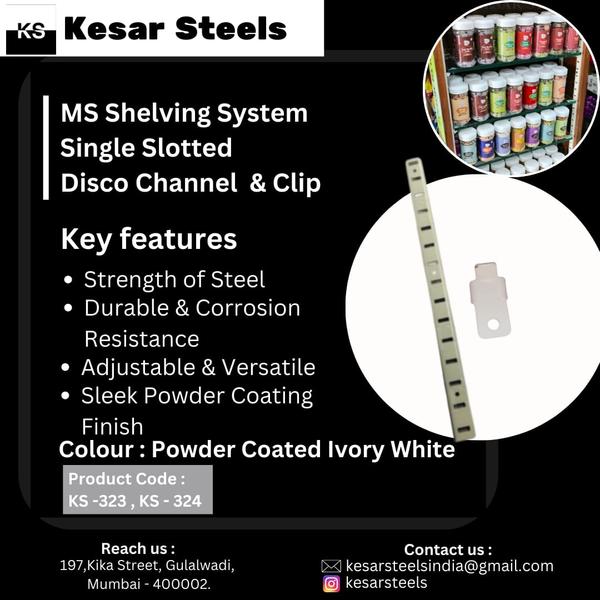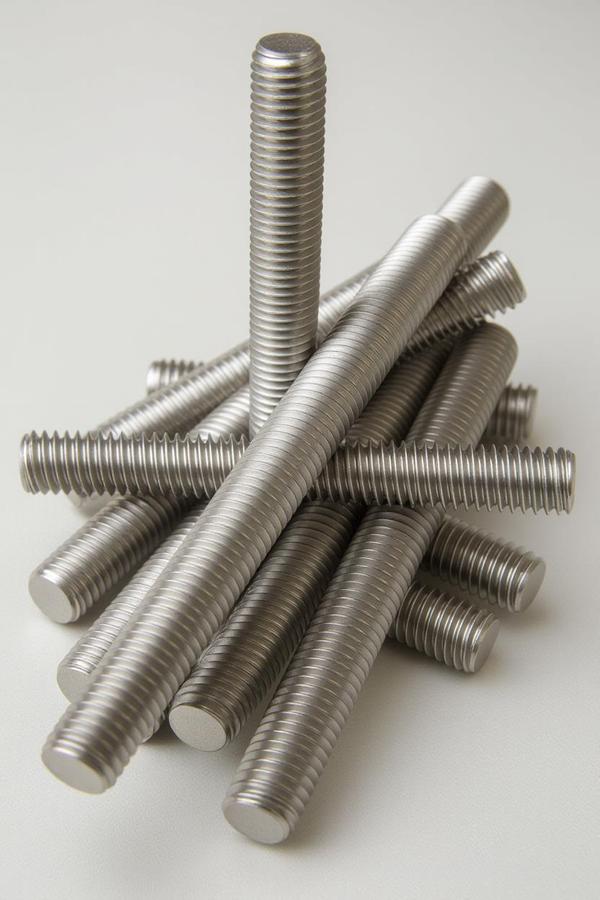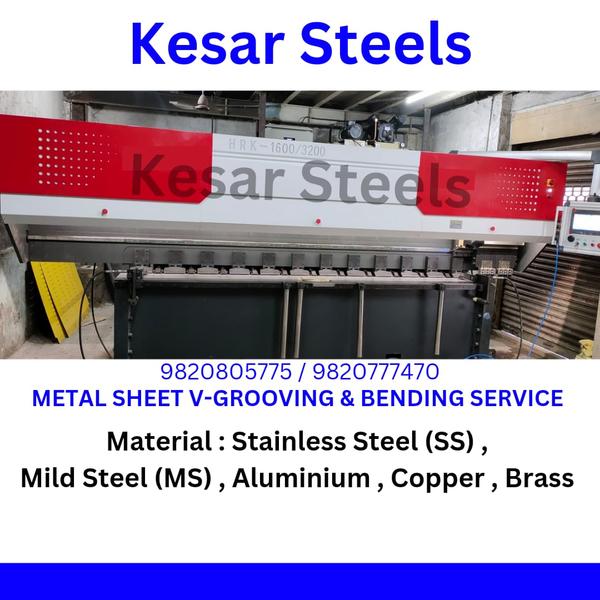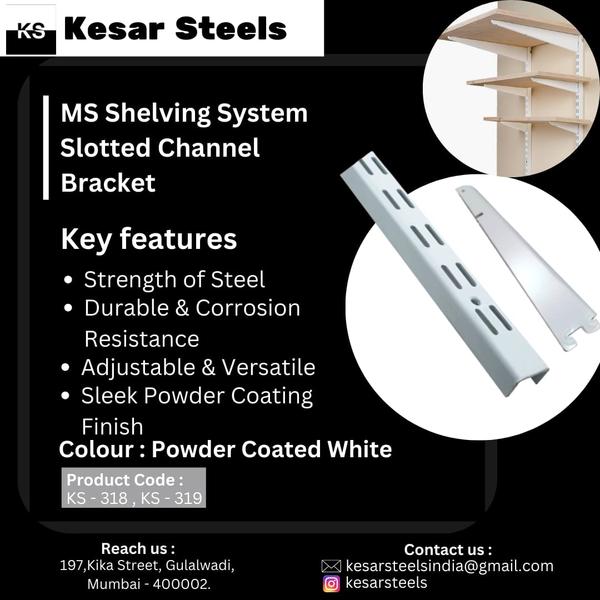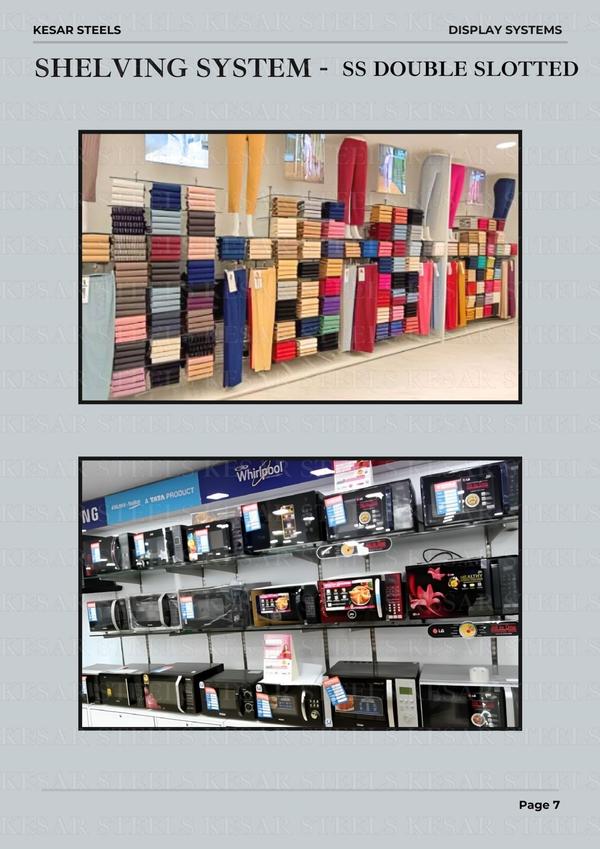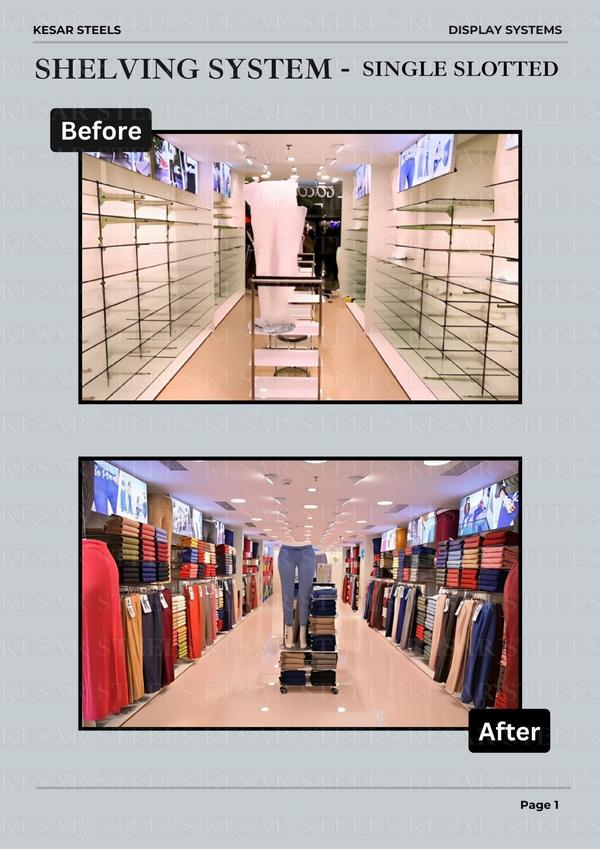An MS Disco Channel refers to a specific type of mild steel (MS) channel, though the exact term "Disco Channel" may not be widely recognized in standard construction terminology. It’s possible that this could be a brand-specific or regional term for a particular type of slotted channel or framing component. However, if it's similar to standard MS channels, it would likely have features like: Key Features: Material: Made from mild steel (MS), which is known for its strength, affordability, and ease of fabrication. However, mild steel is less resistant to corrosion compared to stainless steel, so it is often coated or painted for protection in certain environments. Design: Channels in construction typically have a U-shaped or C-shaped cross-section, designed for supporting structural loads. If "Disco" refers to a specialized form or additional slots, the channel may offer specific mounting flexibility or have a unique pattern. Applications: Support Framework: Used in various construction projects to support pipes, conduits, or cable trays. Adjustable Mounting: If slotted, it allows for adjustable mounting positions for brackets, shelves, or other support structures. Electrical and Mechanical Installations: Commonly used in the mechanical, electrical, and plumbing (MEP) industries to create stable, adjustable support systems. Durability: While MS is strong and versatile, it's typically less resistant to corrosion than stainless steel. In outdoor or corrosive environments, mild steel may need additional protective coatings (like galvanization or paint) to enhance its lifespan. If "Disco Channel" is a term used in a specific context or region, its design or features could differ slightly from standard MS channels.
